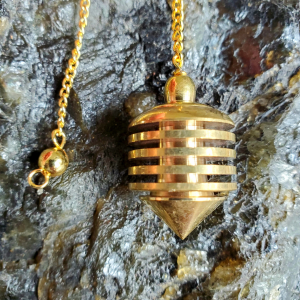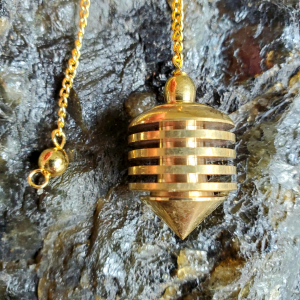- Joined
- May 18, 2021
- Messages
- 51
I just purchased a used Sherline 4000 and I'm anxiously awaiting it's arrival. There isn't any tooling other than a rocker tool post so I'll be in the market for cutting tools and related accessories. I also have ordered several books on metal turning so I can more completely educate myself. Until all the goodies arrive I have a couple of questions regarding the tooling.
My goal is to turn brass pendulums similar but not exactly like the one pictured below. What tool will produce grooves with square shoulders? I'm guessing something like a parting tool. If so, then would it be best rear mounted?
I'm intending to start with fairly simple designs and make them more complex as my skill level improves.
Any advice will be greatly appreciated.

My goal is to turn brass pendulums similar but not exactly like the one pictured below. What tool will produce grooves with square shoulders? I'm guessing something like a parting tool. If so, then would it be best rear mounted?
I'm intending to start with fairly simple designs and make them more complex as my skill level improves.
Any advice will be greatly appreciated.



